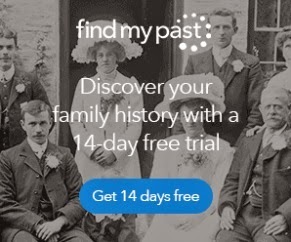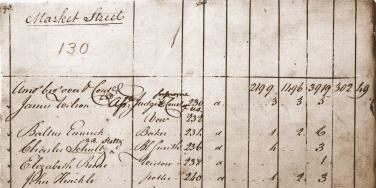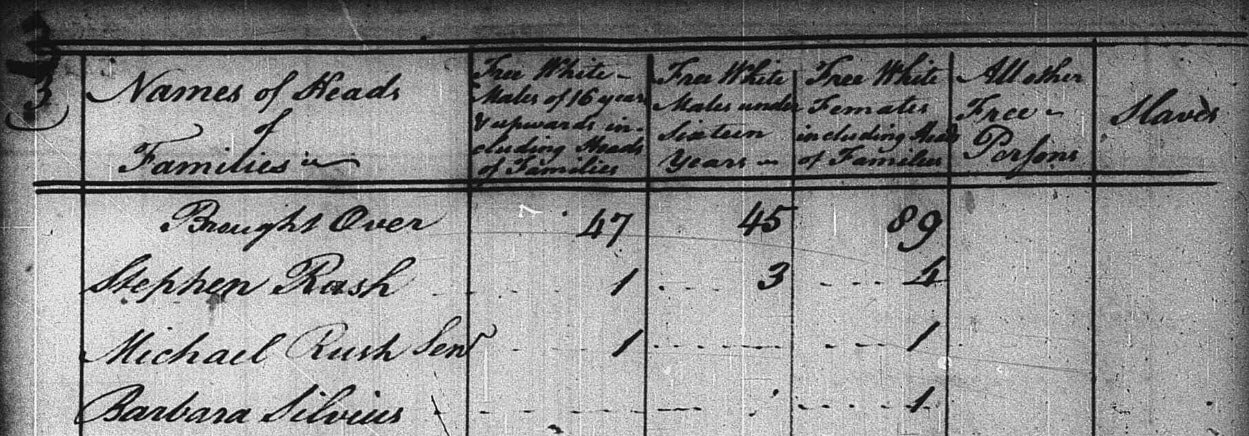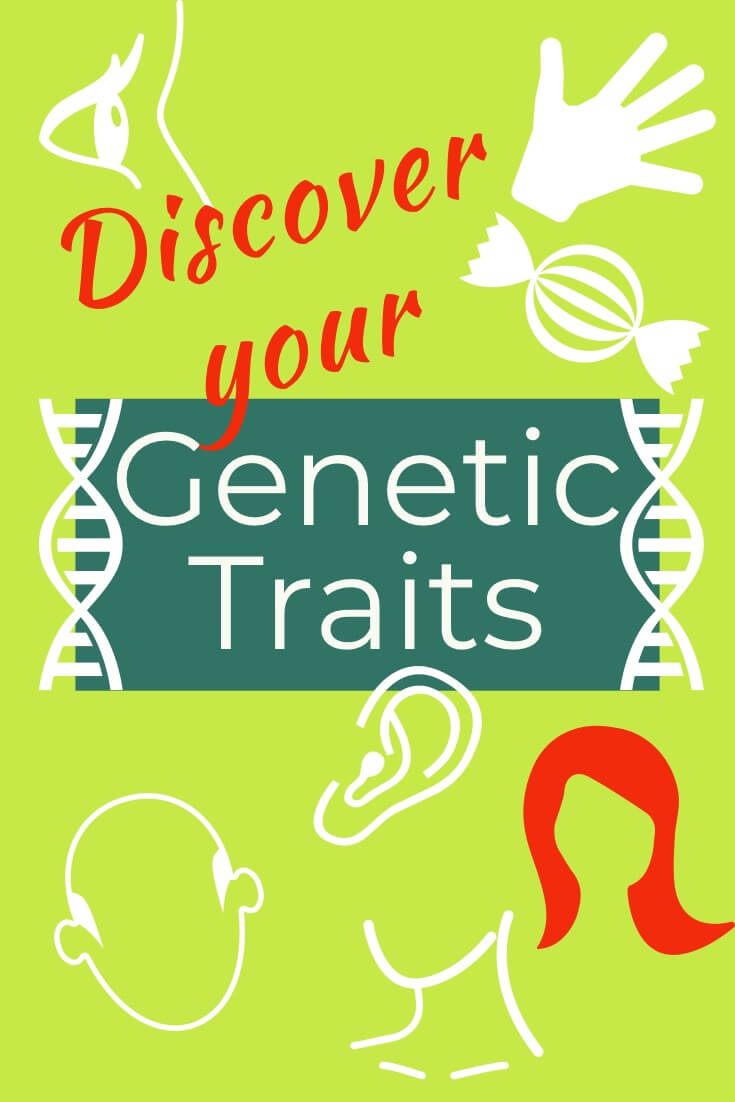New Genealogy Records this week feature WWI Military Records
U.S. military records and more are making headlines this week for new genealogy records online. Explore WWI and military records for free at FamilySearch.org. Then head over to Fold3 to check out their updated WWII records. Various other U.S. collections are included, so take a look and discover your ancestors all across the U.S.
Featured: WWI & Military Records for U.S.
We are delighted by these new WWI and military records now available at FamilySearch.org. This genealogy giant records website is one of our favorites, and accessing their records is always free! In order to access the records, you’ll need to create a free FamilySearch account. Click here to read about why you should go ahead and create that free account – and use it!
- Alabama, World War I Service Cards, 1917-1919: “Index to a card roster of Alabamians who served in the United States Army, Navy, Coast Guard, or Marines during World War I from 1917 to 1919. Each soldier has one or two cards giving information on his/her military service, such as name, serial number, residence, place and date of birth, and more.”
- Georgia, Reconstruction Registration Oath Books, 1867-1868: “Registers typically contain each voters name, county of residence, date of registration, race, and an oath of allegiance to the United States. The oath of allegiance was required in order to register. Registered voters would then elect delegates to the state’s constitutional convention.”
- Indiana, World War I, Enrollment Cards, 1919: “Index to a card roster of Indianans who served in the United States Army, Navy, Coast Guard, or Marines during World War I. Each soldier has one or two cards giving information on his/her military service, such as name, serial number, residence, place, and date of birth, and more.”
 Mississippi, World War I Army Veterans, Master alphabetical index, 1917-1918: “Index and images of original typescript located at the State Archives in Jackson, Mississippi of ex-servicemen of Mississippi. The index lists name of veteran, race, serial no., address, and county.”
Mississippi, World War I Army Veterans, Master alphabetical index, 1917-1918: “Index and images of original typescript located at the State Archives in Jackson, Mississippi of ex-servicemen of Mississippi. The index lists name of veteran, race, serial no., address, and county.”- Veterans Administration Master Index, 1917-1940: This updated collection contains “an index to veterans who served at any time during World War I and who made (or whose heirs made) pension or benefits claims of the Veterans Administration between 1917 and 1940. Each card contains the name of the veteran as well as other personal identifying information such as home address at the time of enlistment, date of birth, and date of death.”
- Washington, World War I Veteran’s Compensation Fund Application Records, 1921-1925: Department of Veterans Affairs bonus records. They may contain the soldier’s name and rank, company, discharge date, occupation, date and place of birth, nearest relatives, and more.
WWII Records Updated at Fold3
More U.S. military records are available in Fold3’s newly updated WWII Draft Registration Cards collection. The collection now contains cards from Montana, Kansas, Pennsylvania, and Oregon. The cards in this collection are registration cards for the draft and do not necessarily indicate that the individual served in the military.
From the update description: “Information on the WWII Draft Registration Cards may include the man’s name, address, telephone number, age, place of birth, country of citizenship, name and address of the person who will always know the registrant’s address, employer’s name, place of employment, and a physical description of the registrant.”
Click here to browse the WWII Draft Registration Cards at Fold3.
More U.S. Records Now Online
Additional new collections for U.S. records are now online at MyHeritage.com. First is the U.S. Naturalization Records, Northern California, 1852-1989. This collection of over half a million records features an index of naturalization records in Northern California district and circuit courts for the years 1852 to 1989. In records prior to 1906, a limited amount of information is available, often only the name of the petitioner, the name of the court, record number, the petitioner’s country of origin, and the date of naturalization. After 1906, you may see additional information such as the petitioner’s address, names and addresses of any witnesses, birth date, as well as date and place of arrival in the United States.
MyHeritage’s new collection of Massachusetts Newspapers, 1704-1974 contains a whopping 6 million pages in 239 titles from various cities and towns in throughout the state. You’ll see a particular emphasis on papers from Boston and surrounding locales. Produced by MyHeritage in partnership with the Boston Public Library, this extensive collection includes papers from the colonial era through the late 20th century.
More to learn military records
If you’ve got military ancestors, you’ll want a copy of The Genealogist’s Military Records Field Manual from the editors of Family Tree Magazine. This book guide will show you how to research military ancestors using records from the Civil War, World War I, the Vietnam War and other significant conflicts throughout US history. Inside, you’ll find tips for using genealogy websites to find and use draft registration records, service records and more. Click here to order yours today.

Lacey Cooke
Lacey has been working with Genealogy Gems since the company’s inception in 2007. Now, as the full-time manager of Genealogy Gems, she creates the free weekly newsletter, writes blogs, coordinates live events, and collaborates on new product development. No stranger to working with dead people, Lacey holds a degree in Forensic Anthropology, and is passionate about criminal justice and investigative techniques. She is the proud dog mom of Renly the corgi.
Disclosure: This article contains affiliate links and Genealogy Gems will be compensated if you make a purchase after clicking on these links (at no additional cost to you). Thank you for supporting Genealogy Gems!


















